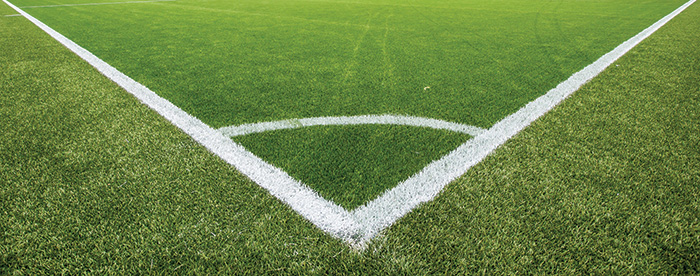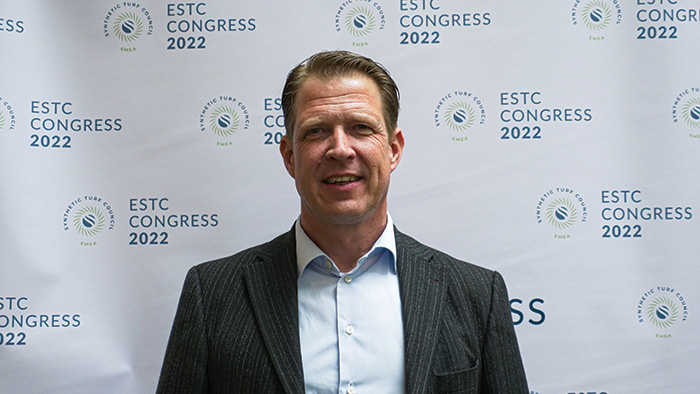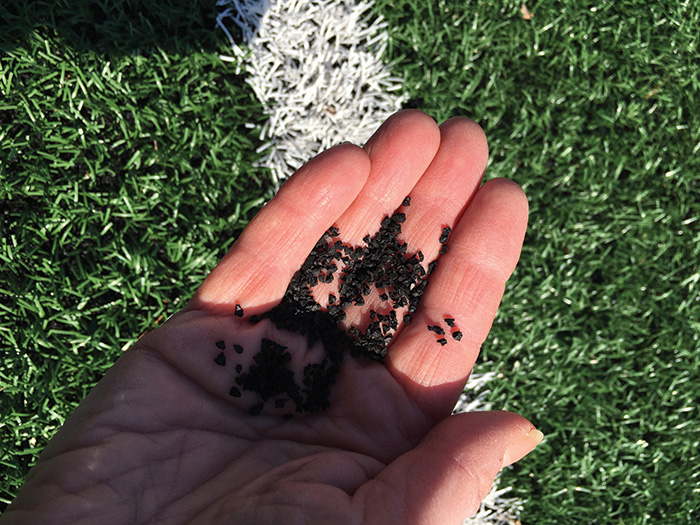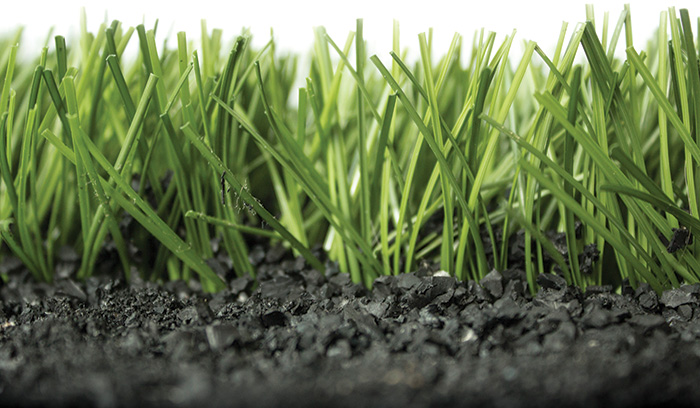The EU’s Microplastics Ban And Synthetic Turf:
Mythbusting The Misconceptions

The European Commission has announced plans to ban the sale and use of intentionally added microplastics across product categories including cosmetics and detergents, as well as synthetic turf.
The decision has been the cause of much confusion across Europe, with many now uncertain about what the future has in store for specifiers, installers and users of synthetic turf, artificial grass and 3G pitches for sports and landscape applications.
To help overcome this confusion, Stefan Diderich, CEO of ESTC, has answered some of the most frequently asked questions around the subject.

1. Is there an artificial grass ban?
No. Only the sale of polymeric infill such as EPDM, TPE and SBR (3G pitch rubber crumb) will be banned from 2031. The purchase, installation and continued use of artificial grass itself is permitted and will continue to play an important role in aiding access to sport, improving public health, creating accessible outdoor spaces and minimizing the impact of adverse weather on outdoor facilities.

2. Why is 3G pitch rubber crumb being banned?
Polymeric infill such as styrene‑butadiene rubber (SBR) – the rubber crumb often found in 3G pitches – is one of a number of products set to be prohibited as part of the European Union’s efforts to reduce microplastics in line with its environmental strategy. Under the new rules, intentionally added microplastics under 5mm in diameter cannot be sold for use in synthetic turf fields or 3G pitches from 2031.

3. Which countries will the rubber crumb ban affect?
The new REACH legislation will be implemented by the European Union, meaning all member states will be required to comply. Non‑member states such as the United Kingdom will make their own decision as to whether or not they will apply the same rules.
4. Can synthetic turf fields or 3G pitches containing crumb rubber still be used?
Yes. There is no ban on the use of artificial grass fields now or after 2031, even if they contain a polymeric infill such as SBR. The ban only means that no further SBR infill can be bought for an existing synthetic turf field after this date.

5. Is artificial grass safe to use?
Yes. Synthetic turf systems such as 3G pitches using polymeric infill (or rubber crumb) have long been recognized as safe for use. This was confirmed by the 2019 European Risk Assessment Study on Synthetic Turf Rubber Infill (ERASSTRI), which concluded that there were no relevant health concerns for sportspeople who play on synthetic turf pitches using polymeric infill.

6. Which alternatives to polymeric infills are available?
A number of alternatives to polymeric infills are already available and will continue to be developed over the transition period before the microplastics ban comes into force. These include a number of natural infills such as cork, processed olive stones, and wood chip, and a selection of non‑infill synthetic turf systems are already on the market. ESTC is actively supporting the development of non‑infill synthetic turf systems and alternative natural infills in the run‑up to 2031.
For more information, visit: www.estc.info
Click the article to enlarge it.












































